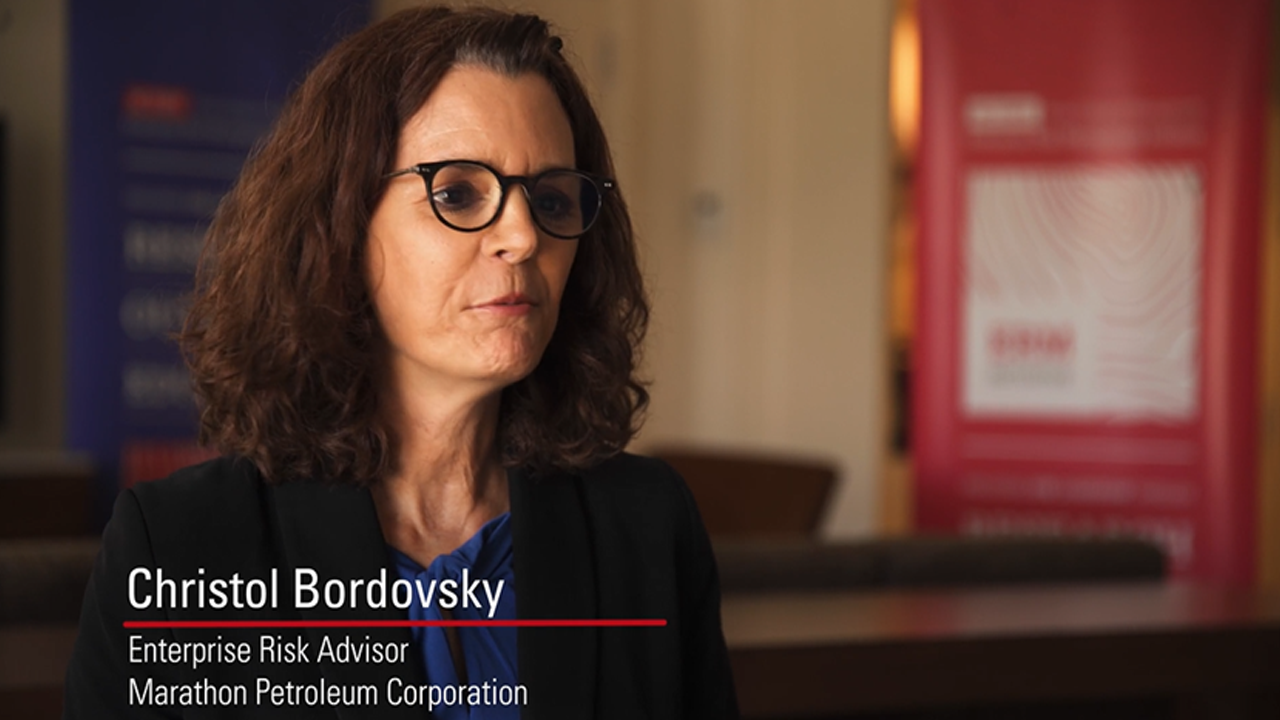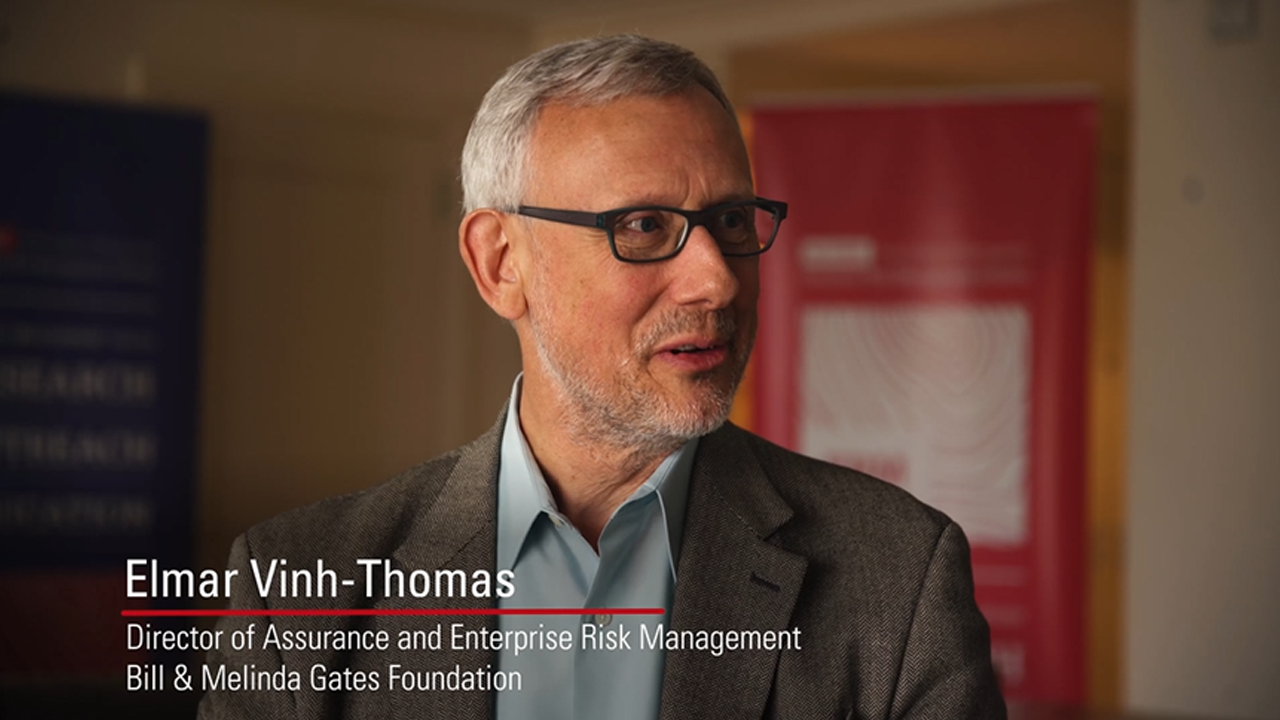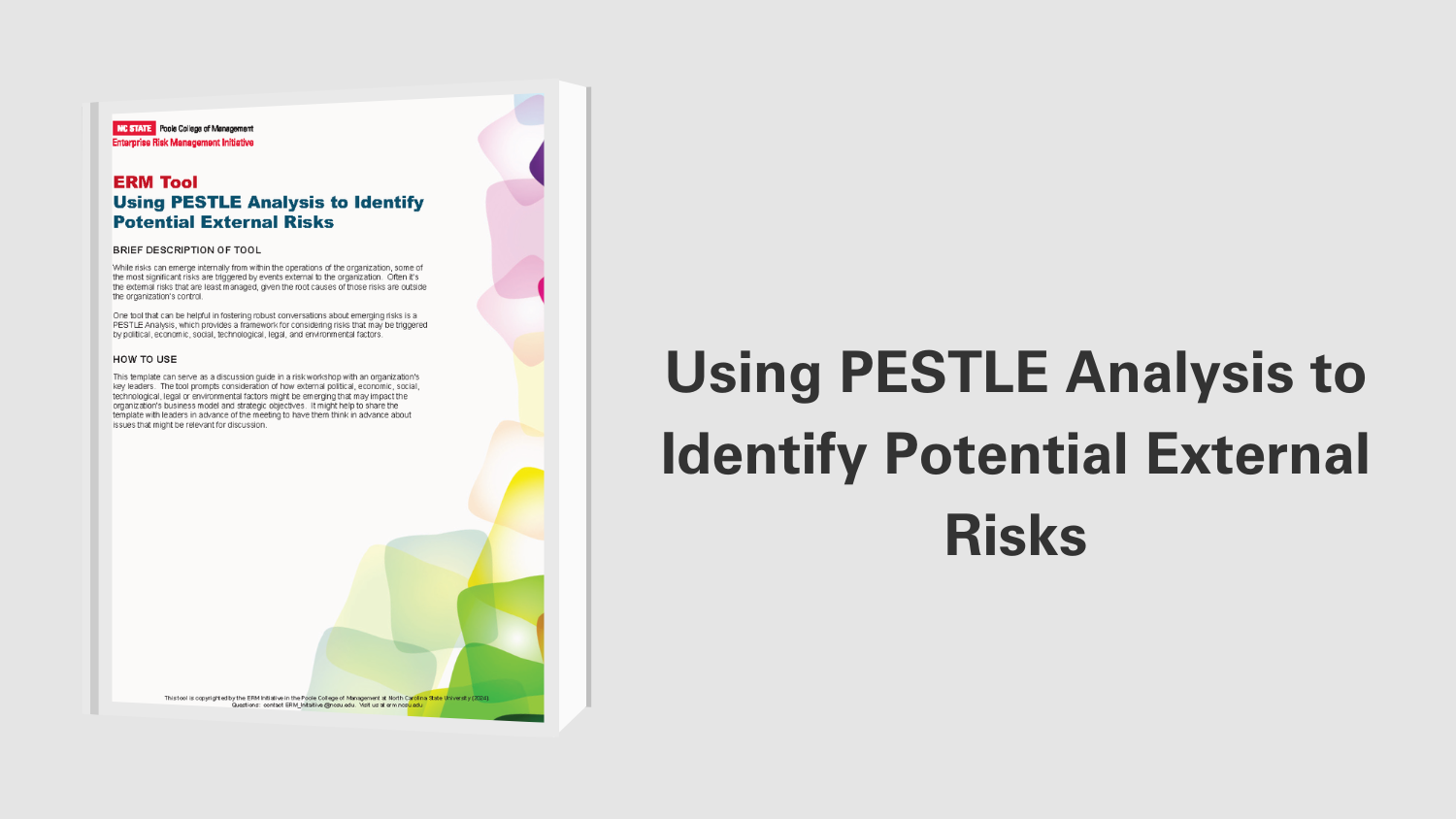Integrating Sustainability with Enterprise Risk Management
A Case for Sustainability and ERM
Sustainability has increasingly become a priority for management because of its value in managing risk while promoting growth. The GE 2012 Our Global Impact report stated that GE’s ecomagination products (products developed to enhance resource productivity and reduce environmental impact) brought in $25 billion in revenue during the same year that GE made a $2 billion investment in research and development for those types of products. On a different note, ignoring sustainability can create business risks. For example, both Hindustan Coca-Cola Beverages and PepsiCo received negative media attention for the amount of water used in manufacturing in India. Both companies subsequently embraced sustainability initiatives to reduce water usage at manufacturing plants, effectively mitigating this risk.
This paper highlights the benefits of integrating sustainability into ERM and provides implementation tips in the following areas:
- Governance and Policy
- Risk Assessment
- Risk Management
- Data Management, Reporting, Monitoring, and Feedback
This abstract summarizes some of the key points in the source document.
Governance and Policy
In order to effectively integrate sustainability and ERM, the board of directors and management must take the initiative. According to a 2014 study by the Sustainability Investment Institute, only 277 companies in the Standard & Poor’s 500 index have boards that monitor sustainability. Only 11% of these have delegated this responsibility to the audit or risk committee which may indicate that sustainability is not integrated with ERM as responsibility for risk oversight is most often assigned to the audit or risk committees. Having a board committee charged with the oversight responsibility for sustainability and ERM will enable the company to define the company’s risk appetite and set appropriate metrics for monitoring both sustainability goals and enterprise risks. Such a governance structure establishes an appropriate ‘tone at the top’ for sustainability and risk management.
Risk Assessment
A potential obstacle for companies establishing ERM arises from different views of the significance of the various risks the company faces. For example, the CFO may focus on financial risks while the COO will focus on operation risks rather than taking a more holistic view of the top risks facing the organization. To manage this obstacle companies should create an enterprise-wide risk assessment in order to focus on risks which would have the most significant impact on the company as a whole. Management should communicate regarding these key risks at least quarterly to facilitate discussion around current controls and potential mitigation strategies.
Risk Management
Once assessment is complete it is important to compare the assessment of a particular risk to the company’s appetite or tolerance for that risk. The risk appetite statement needs to articulate sustainability measures, including quantitative limits in order to make the appropriate business decisions. Implemented correctly, such policies will include:
- Potential cost savings from sustainability initiatives
- Implementation costs
- Ongoing monitoring and review
Data Management, Reporting, Monitoring, and Feedback
The effectiveness of ERM will be greatly enhanced through a regular process of reporting and monitoring. To achieve this goal a company must continually gather and analyze data and report the data to management and the board of directors. Collecting, organizing, and analyzing data can be a difficult task for companies due to the amount and complexity of data. Therefore, it is necessary for companies to invest in technology capable of collecting and organizing this data. Distilling that data into a dashboard report is recommended as it summarizes key performance indicators and key risk indicators enabling management to fully understand the scope of the risks.
Conclusion
Sustainability is a key component of corporate strategy and enterprise risk management as it helps to promote growth while also addressing risk. Integrating sustainability into enterprise risk management will help to ensure that better controls and measures are in place to provide a higher degree of assurance that the organization will prosper over the long term.
Original Article Source: “The Role of Sustainability in ERM”, James Lam and Francis Quinn, Workiva, October 13, 2014
- Categories:
- Types:


